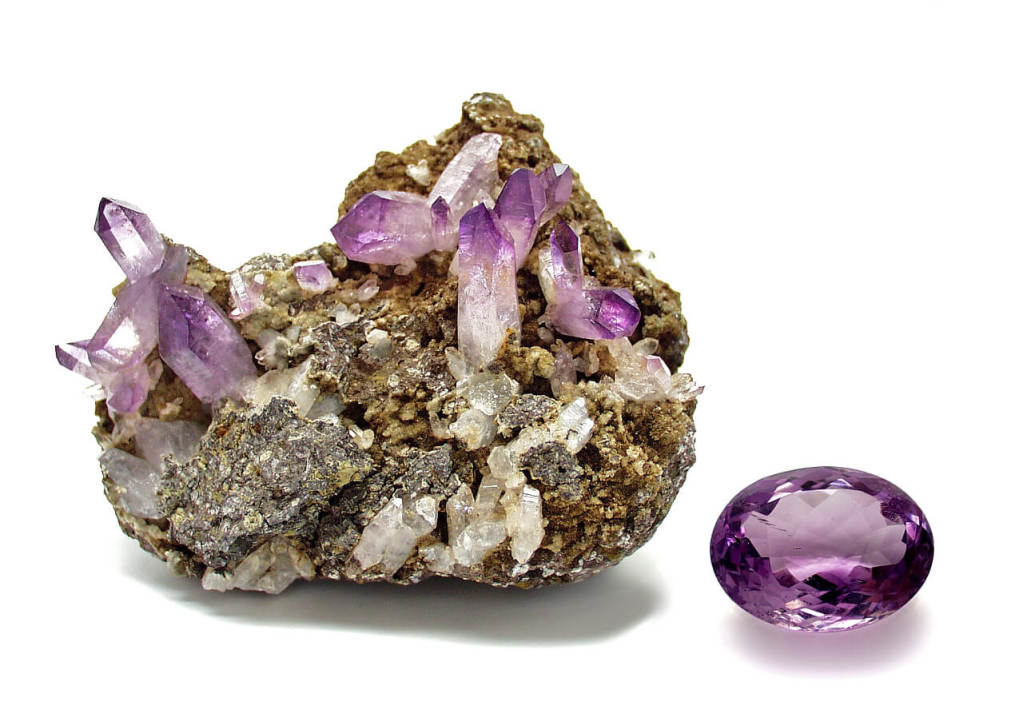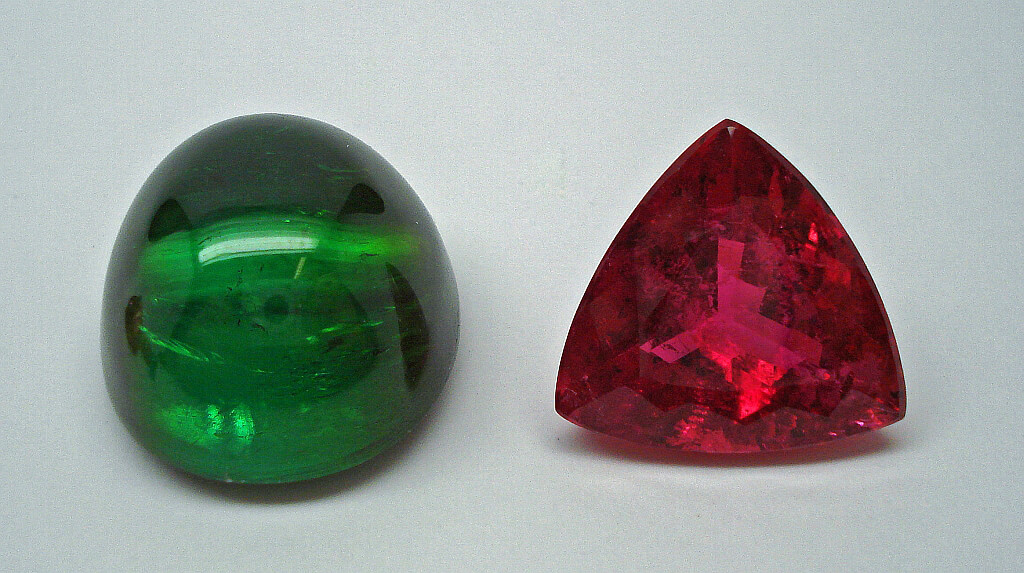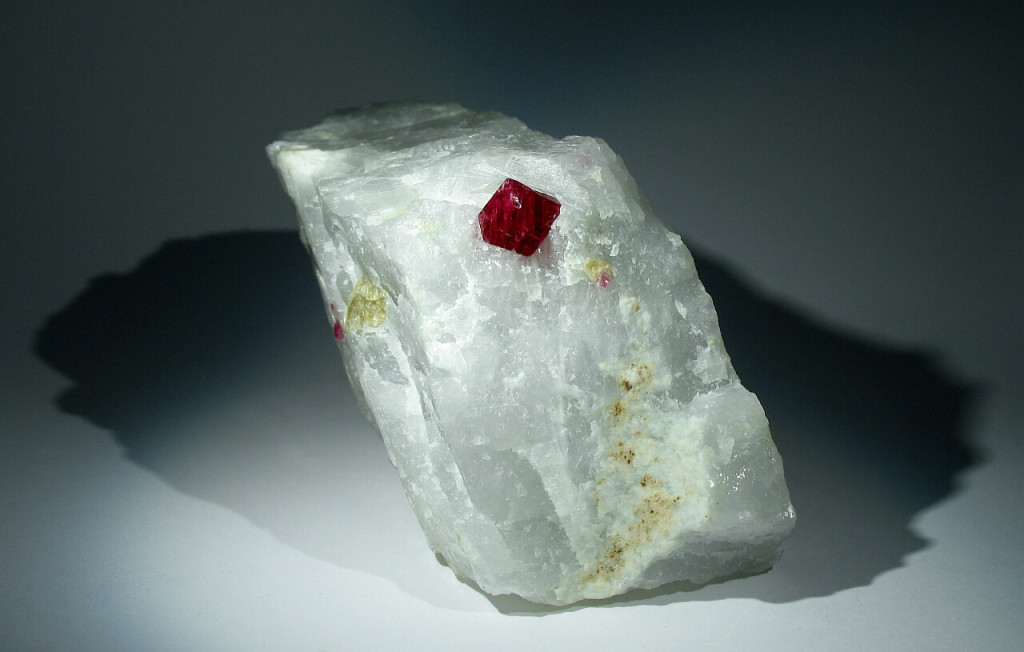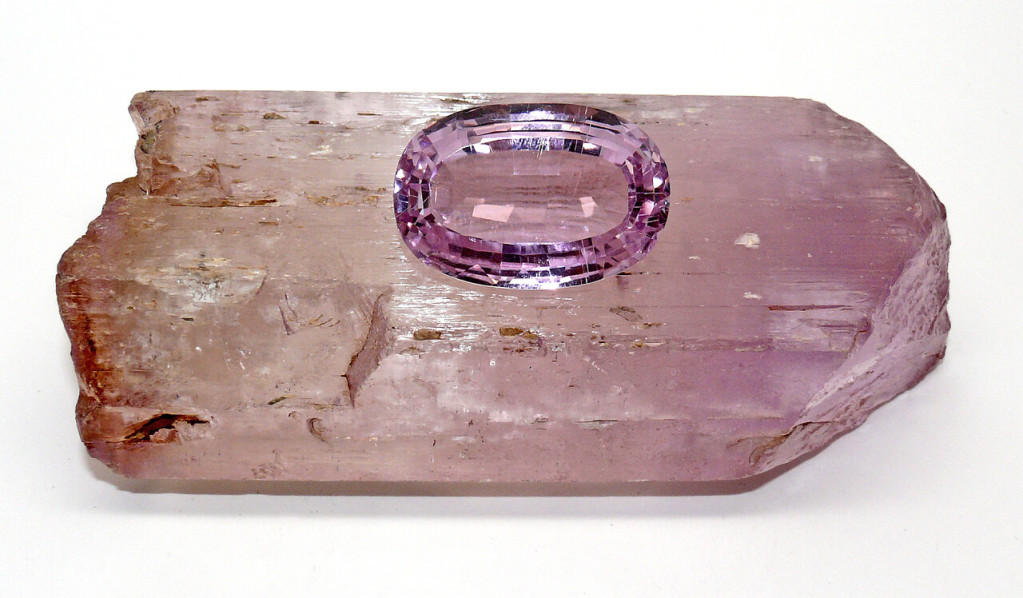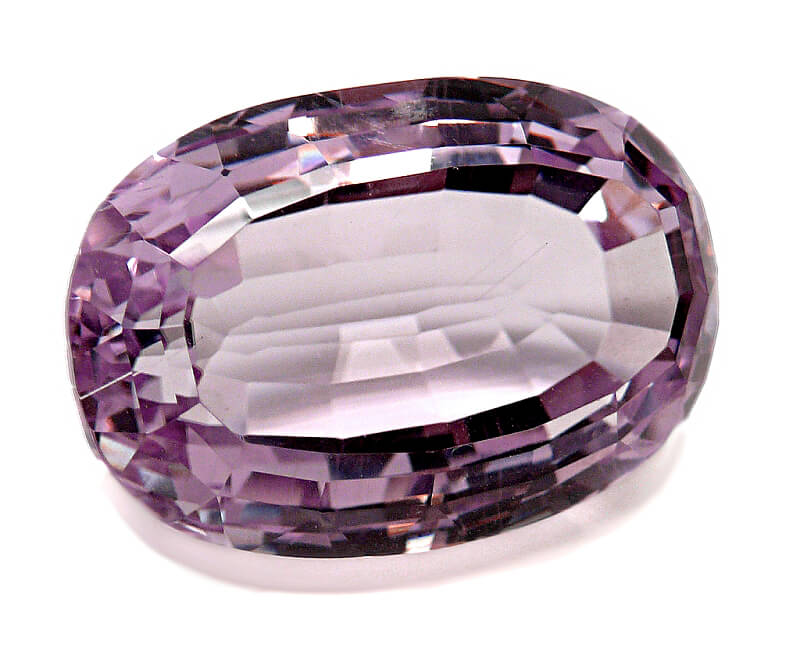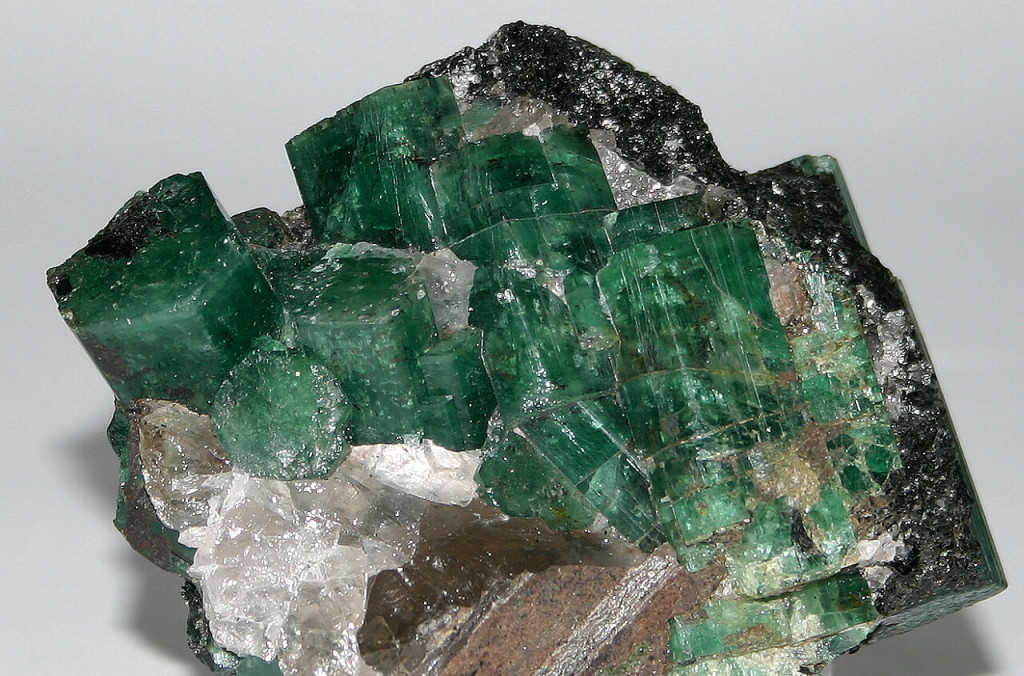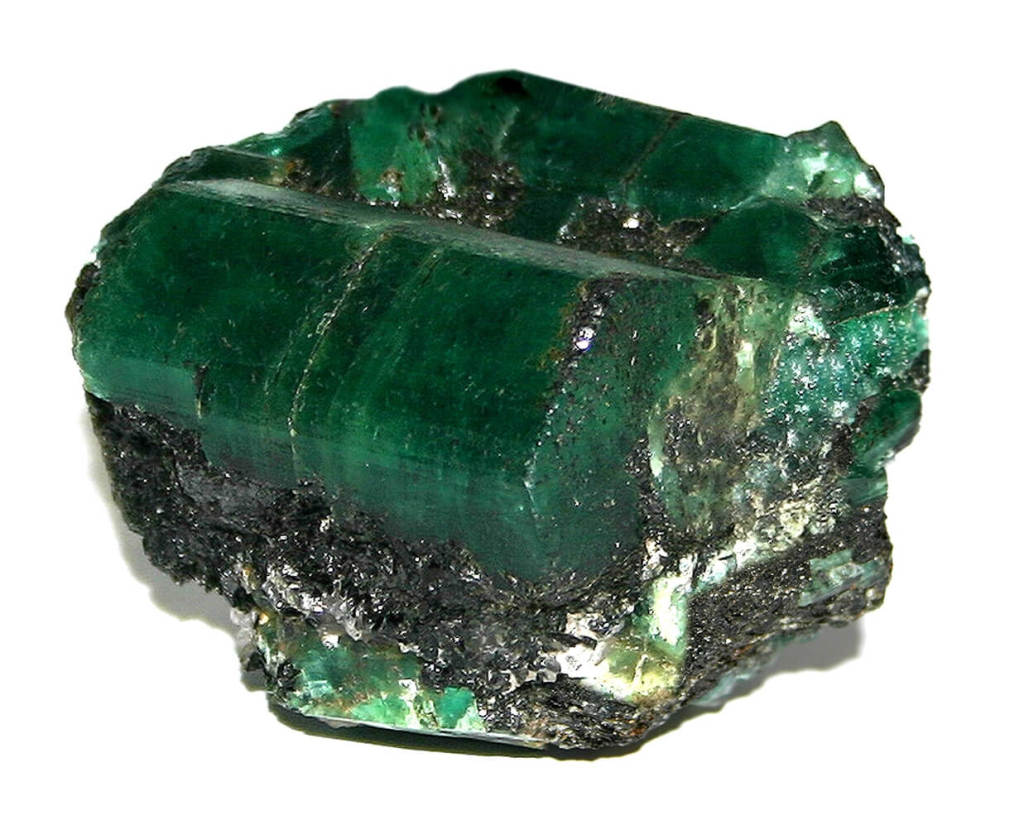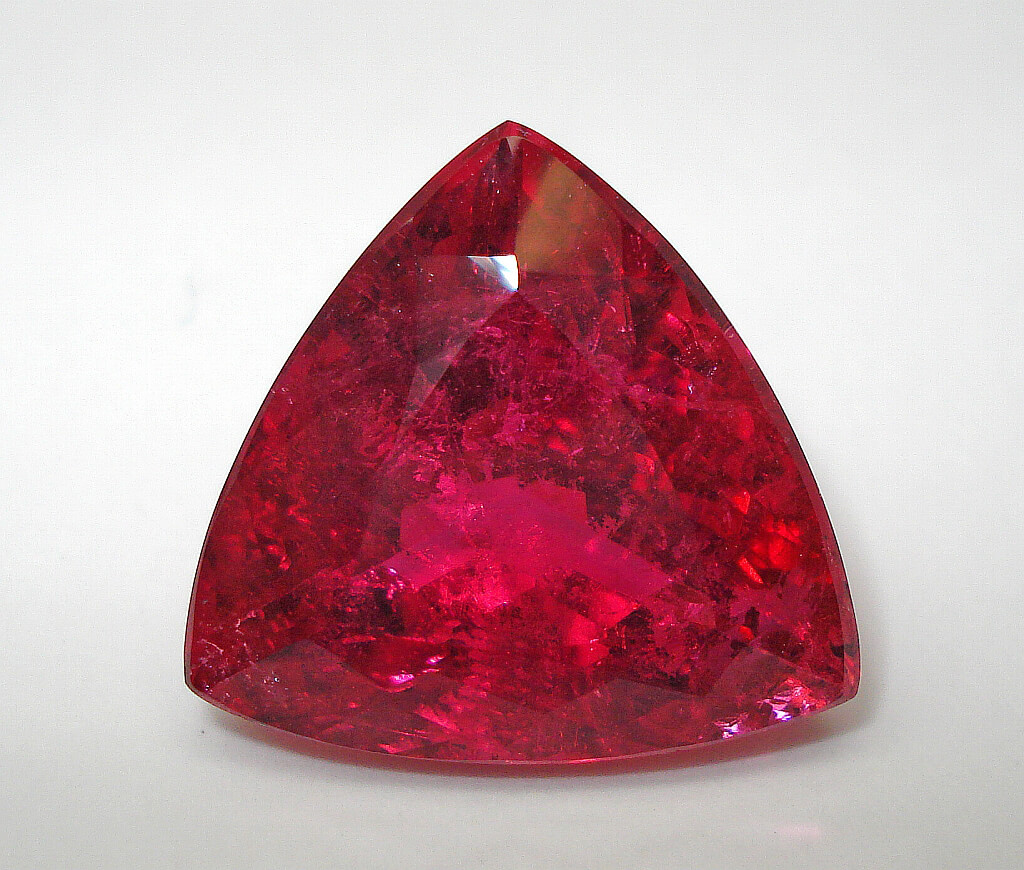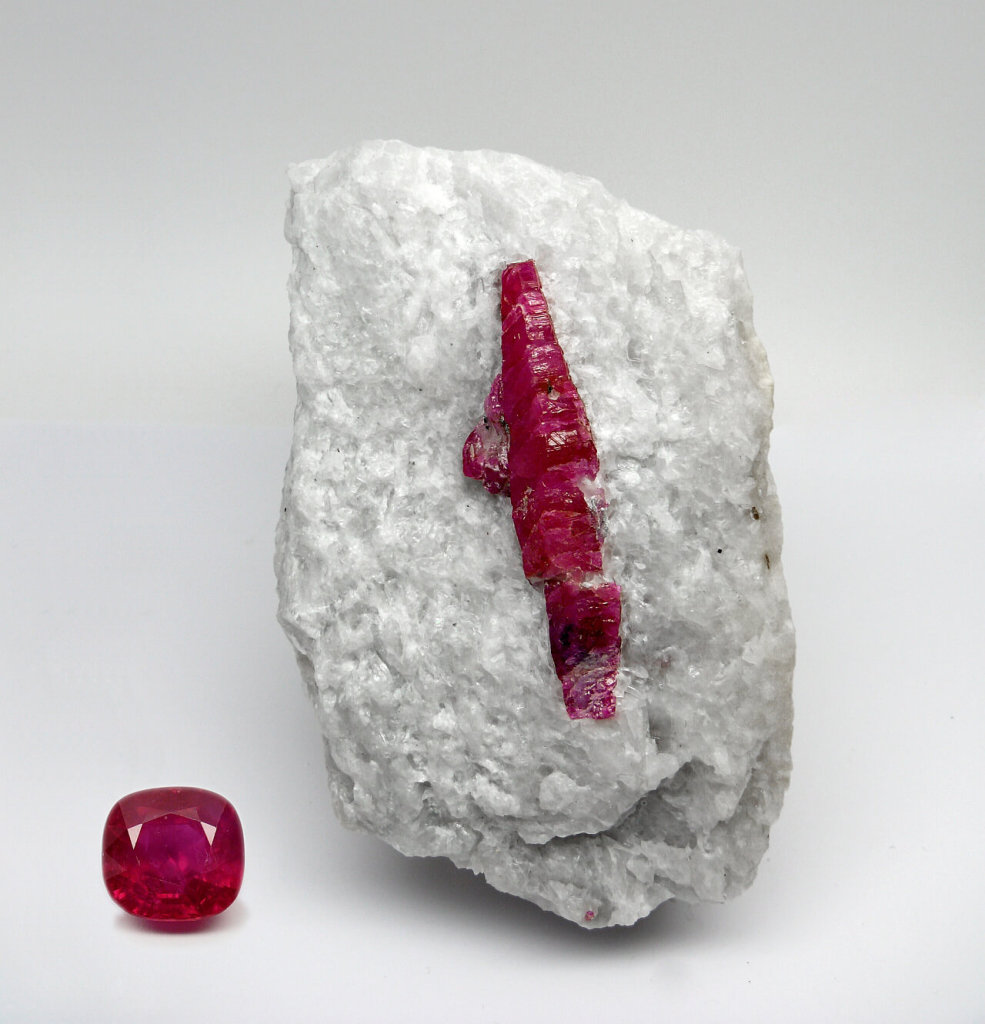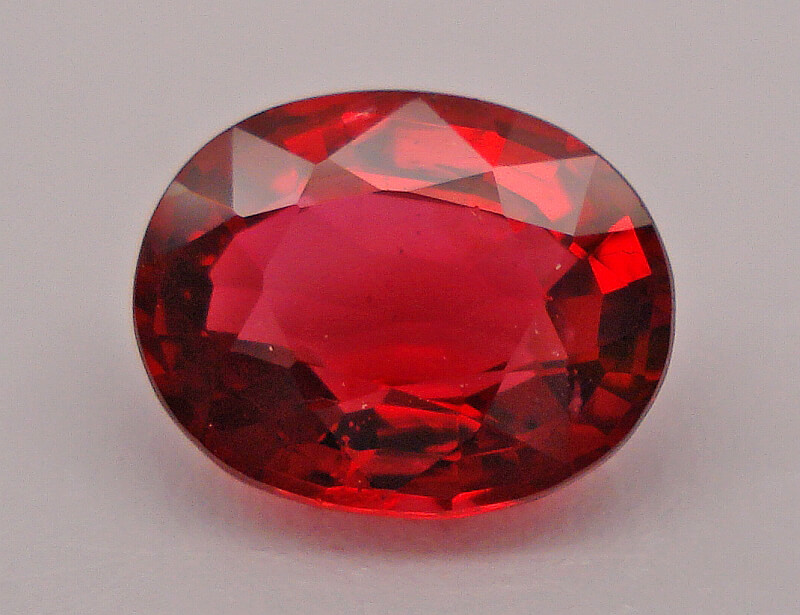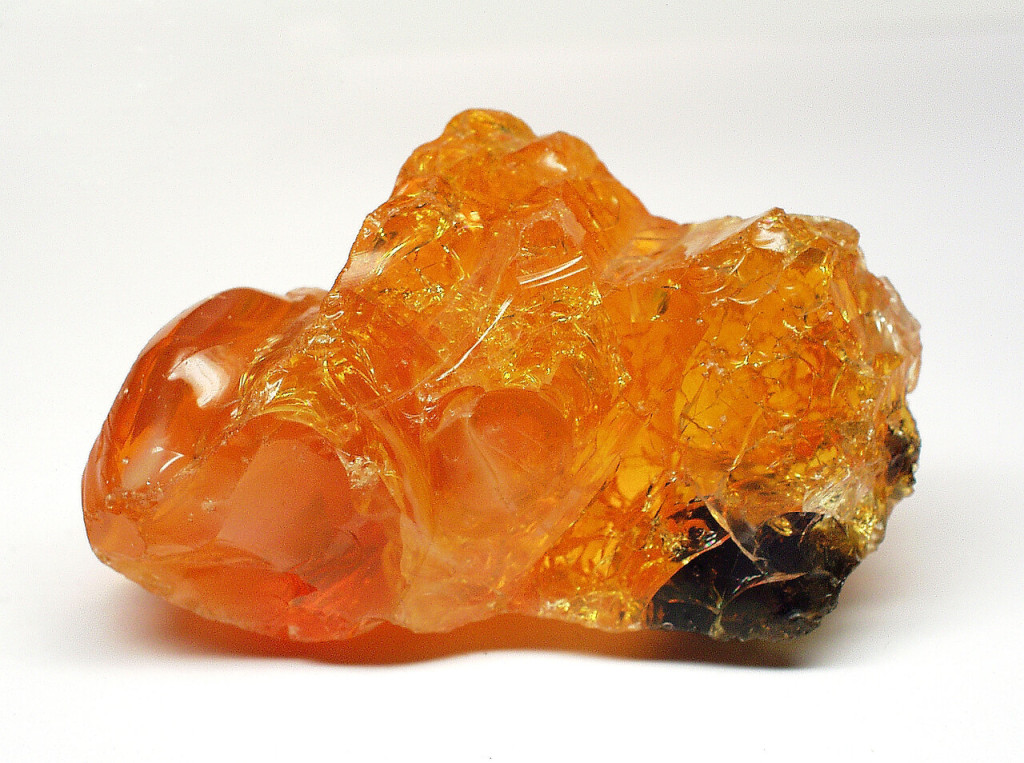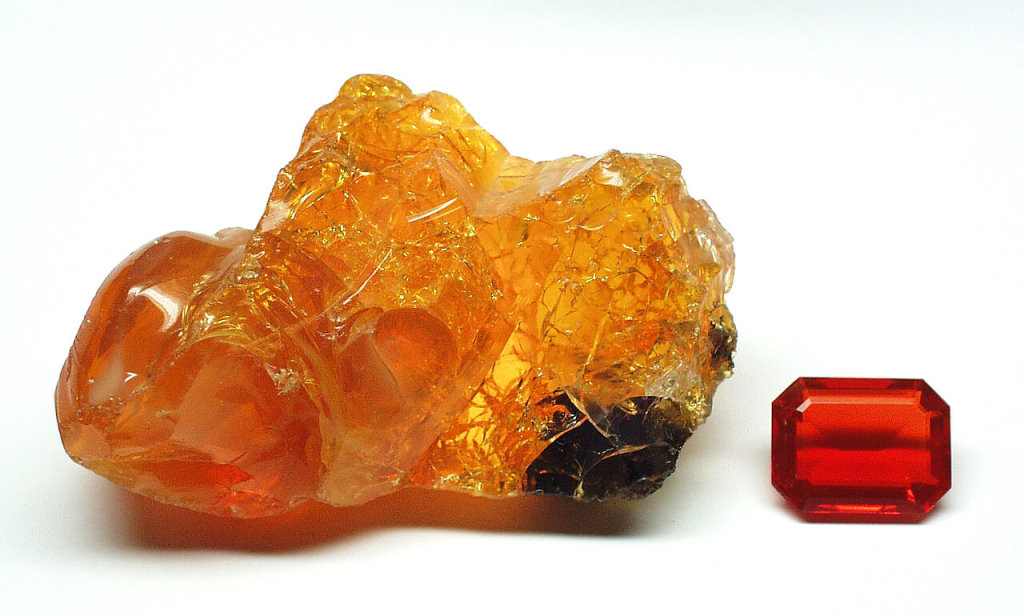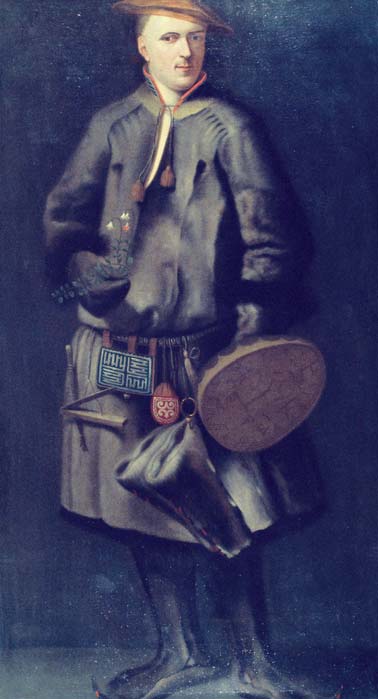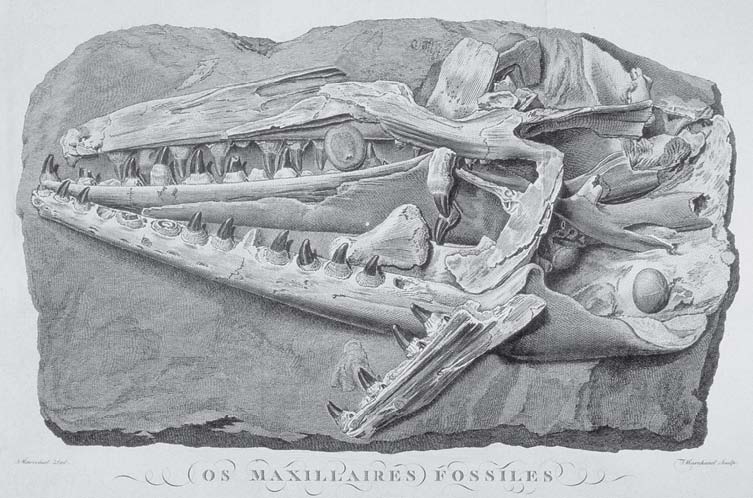Naturalis
Naturalis Biodiversity Center is a national museum of natural history and a research center on biodiversity in Leiden, Netherlands.
The current museum is known for the numerous objects in its collections. Prior to the merger with the Zoölogisch Museum Amsterdam and National Herbarium of the Netherlands, there were approximately 10 million zoological and geological specimens in the Naturalis collection.
5,250,000 insects
2,290,000 other invertebrates
1,000,000 vertebrates
1,160,000 fossils
440,000 rocks and minerals
2,000 gemstones
10,000 objects in an educational collection
Following the merger with the collections of the Zoölogisch Museum Amsterdam and National Herbarium of the Netherlands in 2011-12, there are now approximately 37 million specimens.
Foundation Geological Collections
When the Rijksmuseum van Natuurlijke Historie (RMNH, i.e., National Museum of Natural History) was founded in 1820 by Royal Decree (of King William I), it was based on three collections:
- ‘s Lands Kabinet van Natuurlijke Historie (National Cabinet of Natural History), founded by King Louis Napoléon of The Netherlands, a younger brother of the French emperor Napoleon.
- The Natural History collection of Leiden University, including the ‘Kabinet des Stadhouders’ (Cabinet of the Stadtholder: William V), which had been donated to the university by his son King William I.
- The collection of its first Director, Coenraad Jacob Temminck, essentially a bird collection (see Holthuis, 1995, p. 10).
The early geological collections are rather insignificant. As might be expected, Medieval times are not documented at all. The first Dutch lapidary was written in the 13th century by Jacob van Maerlant (1193-1280), probably a Belgian, who worked for the Count of Holland and Zeeland. Van Maerlant wrote a natural history encyclopedia Der naturen bloeme, a title that should not be translated as ‘On the flower of nature’, but rather something like ‘An overview of nature’, because ‘bloeme’ is used in the sense of selection as in the Dutch word ‘bloemlezing’ (= anthology).
Unfortunately, the lapidary that formed part of it is not preserved, but references to it are known (van Oostrom, 1996). It is unlikely that it was based on a collection (no Medieval collections are preserved). Rather, it was based on earlier lapidaries, such as those of Hildegard von Bingen (1098-1179) and Albertus Magnus (1193-1280), to mention two Saints who wrote on minerals (one a woman at that!).
In turn these were based on the lapidaries of ‘Arab’ scholars, such as Avicenna (Ibn Sina; 980-1037), who was born in Bukhara (Uzbekistan) and should more correctly be considered a Turk. The interest in minerals was largely based on their pharmaceutical value and these lapidaries were mainly written by people practicing medicine. Many famous physicians, such as William Harvey (1578-1657) and Herman Boerhaave (1668-1738), had important mineral collections or wrote on mineralogy.
Although the latter was a professor at Leiden University, no minerals from its old natural history collection can be traced to him.
Minerals and fossils also formed part of the curiosity cabinets that were accumulated in the 17th century in The Netherlands. An atypical example is the ‘Constcamer’ of Rembrandt van Rijn (1606-1669), which was focused on art, but included minerals and fossils, as we know from a detailed inventory of his household which was made because he went bankrupt.
This inventory was used to reconstruct his ‘artroom’ in the Rembrandthuis, a museum in the house where he used to live in Amsterdam (see van den Boogert et al., 1999). Naturalis provided a long-term loan of minerals and fossils that could have been in Rembrandt’s possession. His minerals and fossils would not have been spectacular, because he didn’t use them for his paintings, drawings or etches, as he did with most of the material from his ‘artroom’, including sea shells and stuffed birds.
Although we have no geological material that can be referred to Carolus Linnaeus (Carl von Linné, 1707-1778) – we have only a painting of him (Fig. 1) – he should be mentioned since he carried out much of his important research in The Netherlands where he also took his Doctor’s degree in Medicine (not in Leiden, but in Harderwijk, which had a much quicker doctoral programme).
This research was published in his Systema Naturae, which formed the basis for the binominal nomenclature used in biology and palaeontology, and also included mineralogy (Linné, 1766-1768).
The ‘Kabinet des Stadhouders’ (Cabinet of the Stadtholder, William V) included material taken to Paris as spoils of war, but regained after the defeat of Napoleon at Waterloo by Professor Sebald Justinus Brugmans (Franeker, 24.3.1763 – Leiden, 22.7.1819; see Winkler Prins, 2003, fig. 1). Brugmans was a physician (Major-General of the Netherlands Army Medical Corps) and naturalist (his dissertation was on the Scandinavian origin of Dutch erratics) who was sent to Paris to reclaim the Dutch natural history collections (Brongersma, 1978, p. 43). He succeeded only partly, because Cuvier and Lamarck claimed that they needed some of the specimens for taxonomic descriptions; they were supported by Alexander von Humboldt.
Therefore, we only have a plaster cast copy of the famous mosasaur from Maastricht (Fig. 2). The mosasaur came from the underground mines in Maastrichtian limestones (Faujas-Saint-Fond, 1779). It was considered so important that the military was instructed not to bombard the part of Maastricht where the fossil was located and to bring it back to Paris.
The Mineralogical collections were rather unimportant; the curators had no formal geological training and showed little interest in the collections (Holthuis, 1995, p. 27). The fossils formed part of the zoological collections. The curators of Invertebrates showed some interest in fossils, notably Guilielmus de Haan (Amsterdam, 7.2.1801 – Haarlem, 15.4.1855), whose Doctoral thesis (de Haan, 1825) was on ammonites describing several important genera, such as Goniatites and Ceratites as new, thus being important until this day. However, the main interest of the curators was in zoology (Holthuis, 1995, p. 32). The second director of the Museum even refused to accept a curatorship for palaeontology offered by the government, because there were not separate curators for the different classes of vertebrates.
The pharmacist and palaeontologist Joseph Augustin Hubert de Bosquet (Maastricht, 7.2.1814 – Maastricht, 28.6.1881; Kruytzer, 1963) would have been an ideal candidate for this post. As a result we have only a few of de Bosquet’s specimens, the majority of which are to be found at the Musée Royale d’Histoire Naturelle in Brussels. Things changed for the better when, in 1878, the geological collections were entrusted to the newly appointed Professor of Geology, Karl Martin, thus effectively creating the ‘Rijksmuseum van Geologie en Mineralogie’ (National Museum of Geology and Mineralogy), which was reunited with the National Museum of Natural History after a century.



